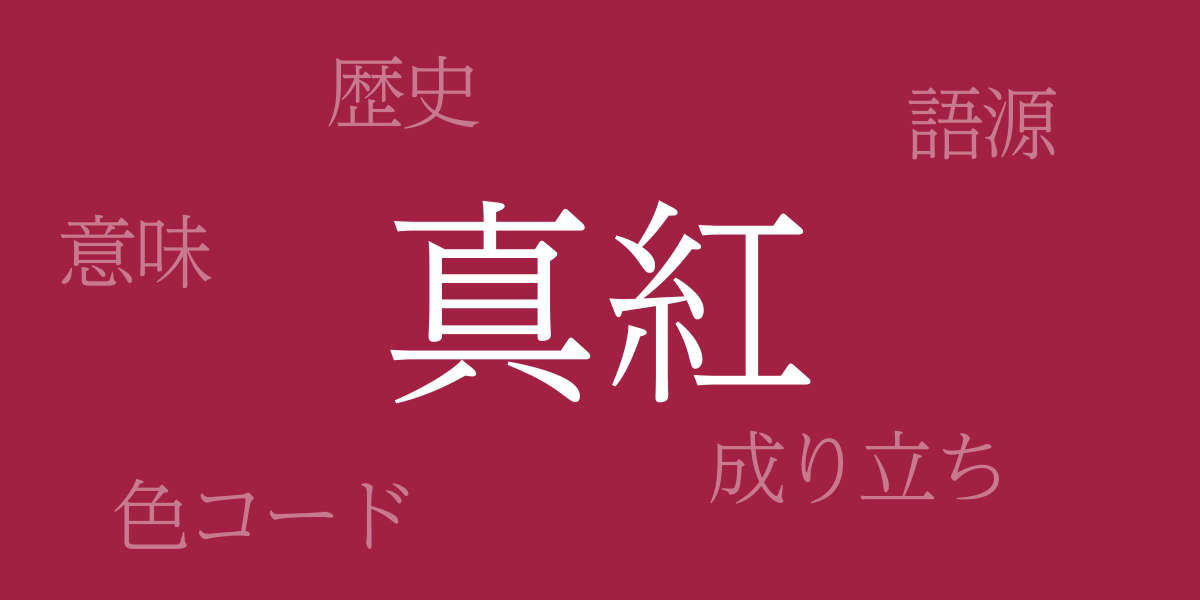The traditional Japanese color ‘Shinku (しんく),’ or Crimson, is not just a color; it’s a symbol of history, culture, and beauty. This deep, vivid red has been used in numerous Japanese crafts, garments, and artworks throughout the ages. In this article, we explore the allure of Shinku, its meanings, history, and its use in modern times.
About Shinku (しんく)
Shinku (しんく), a deep and rich red, is known as a symbol of passion and vitality. In Japanese culture, it is favored in formal occasions and celebrations, captivating the hearts of the Japanese for centuries. Shinku is not only eye-catching but also leaves a lasting impression on those who behold it.
The History of Shinku
The use of Shinku dates back to ancient Japan. During the Heian period, it was used in the attire of the nobility, and during the Sengoku period, it adorned the armor and flags of warlords, symbolizing power and courage. This color is also frequently used in traditional Japanese crafts like lacquerware and textiles.
Color Codes for Shinku
For accurate reproduction of Shinku in digital design and web production, the following color codes are essential:
- HEX: #A22041
- RGB: R:162 G:32 B:65
- CMYK: C:43 M:99 Y:71 K:6
Western Name for Shinku
In the West, Shinku is known as ‘Crimson.’ This term refers to a rich, deep red and is used in the West to symbolize wealth and deep passion.
Summary on Shinku
Shinku continues to enchant many with its history and beauty. Understanding the deep meanings and significance of this color in Japanese culture allows us to appreciate a richer world of colors. Shinku is more than just a color; it is an integral part of Japan’s identity.

























